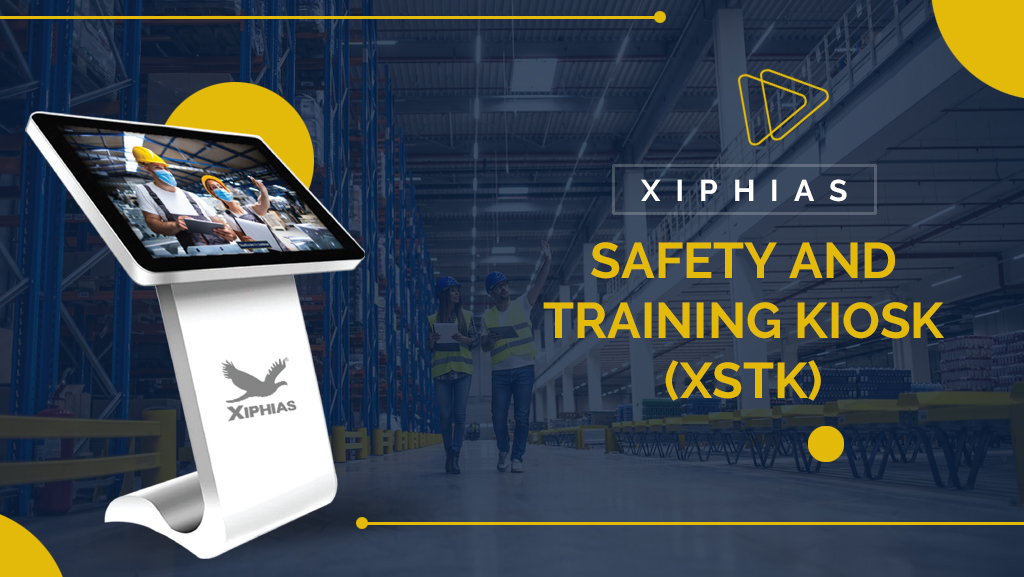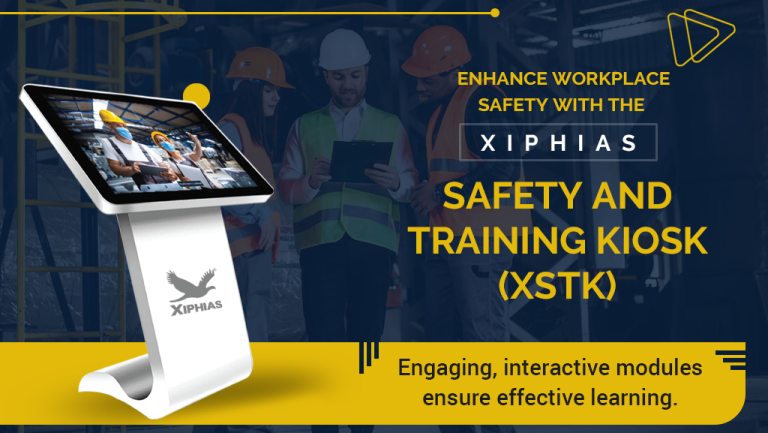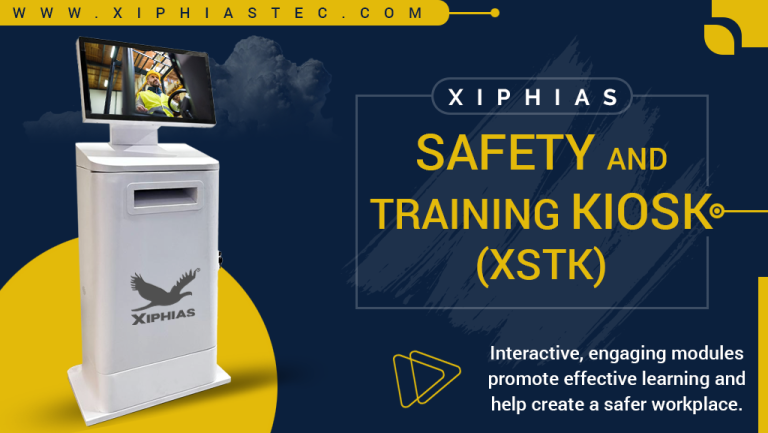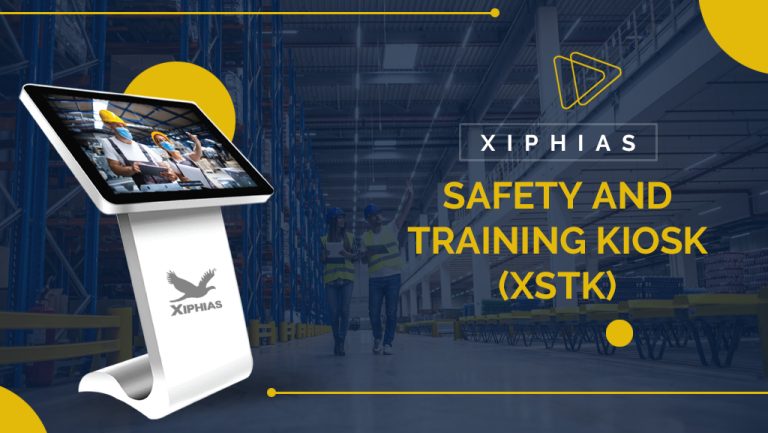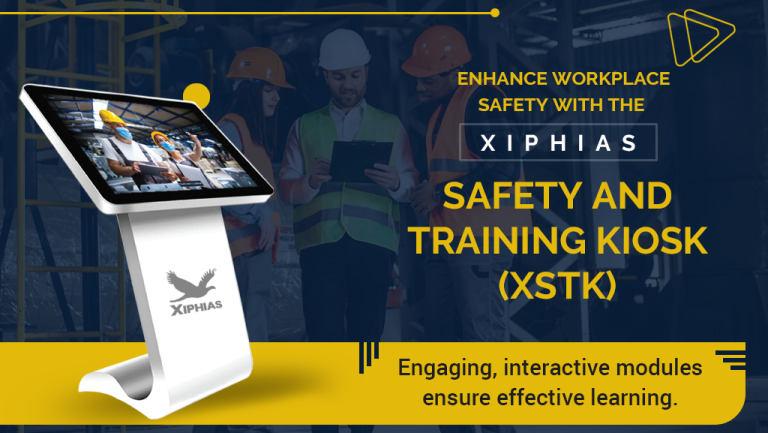Safety Training Kiosks: Bridging the Gap Between Knowledge and Action
In today’s fast-paced and technology-driven world, workplace safety is a critical concern for businesses across all industries. Ensuring that employees are well-trained in safety protocols is not just a regulatory requirement but a fundamental aspect of fostering a safe and productive work environment. One innovative solution that is gaining traction is the use of safety training kiosks. These interactive devices are revolutionizing the way safety training is delivered, helping to bridge the gap between knowledge and action.
The Evolution of Safety Training
Traditional safety training methods, such as classroom sessions and printed manuals, have long been the standard. While these methods can be effective, they often lack the engagement and interactivity needed to truly reinforce safety protocols. Additionally, coordinating training sessions for large and diverse workforces can be logistically challenging and time-consuming.
How Safety Training Kiosks Work
Safety training kiosks are typically standalone units equipped with touchscreens, multimedia capabilities, and internet connectivity. They can be strategically placed in various locations within a workplace, such as break rooms, entry points, or high-risk areas, ensuring that they are easily accessible to all employees.
Bridging the Knowledge-Action Gap
One of the primary challenges in safety training is ensuring that employees not only understand the safety protocols but also apply them in real-world scenarios. This is where safety training kiosks truly shine. Here’s how they bridge the gap between knowledge and action:
Interactive Learning:
Safety training kiosks utilize interactive elements like touchscreens, videos, and simulations to create a more engaging learning experience. This interactivity helps employees retain information better compared to passive learning methods. When employees can see and interact with safety scenarios, they are more likely to understand and remember the correct actions to take.
Real-Time Feedback:
Many safety training kiosks provide instant feedback on quizzes and simulations, allowing employees to immediately see what they got right and where they need improvement. This immediate reinforcement helps solidify knowledge and correct mistakes on the spot, promoting better understanding and adherence to safety protocols.
Convenient Access:
Safety training kiosks are available at all times, allowing employees to complete training at their convenience. This flexibility ensures that training does not interfere with work schedules and that employees can revisit the material as needed to refresh their knowledge. Consistent access to training materials reinforces safety protocols and encourages continuous learning.
Customized Training:
Kiosks can offer customized training modules based on the specific roles and responsibilities of employees. This targeted approach ensures that each employee receives relevant training that is directly applicable to their job functions. When training is relevant, employees are more likely to take it seriously and apply it in their daily tasks.
Tracking and Reporting:
Safety training kiosks often come with built-in tracking and reporting features. Managers can monitor who has completed the training, assess performance, and identify areas where additional training may be needed. This data-driven approach helps ensure that no employee falls through the cracks and that the entire workforce is adequately trained.
The Benefits of Safety Training Kiosks
Enhanced Compliance:
Safety training kiosks help organizations stay compliant with industry regulations by ensuring that all employees receive the necessary training. The automated tracking and reporting features make it easy to document compliance efforts.
Increased Engagement:
The interactive and multimedia-rich nature of kiosk-based training keeps employees engaged and motivated to learn. Higher engagement levels lead to better knowledge retention and application of safety protocols.
Cost-Effective:
While there is an initial investment in purchasing and setting up safety training kiosks, they can save organizations money in the long run. Reduced training time, decreased need for in-person trainers, and fewer workplace accidents all contribute to cost savings.
Improved Safety Culture:
By making safety training an integral and accessible part of the workplace, organizations can foster a culture of safety. When employees see that safety is a priority, they are more likely to adopt safe practices and look out for one another.
Conclusion
Safety training kiosks represent a significant advancement in the way safety training is delivered and absorbed in the workplace. By bridging the gap between knowledge and action, these innovative tools ensure that employees are not only aware of safety protocols but are also prepared to implement them in real-life situations. As technology continues to evolve, the potential for safety training kiosks to enhance workplace safety and productivity will only grow, making them a valuable investment for any forward-thinking organization. With XIPHIAS leading the way, businesses in India have access to top-of-the-line safety training solutions that can transform their safety culture and protect their most valuable asset—their employees.

